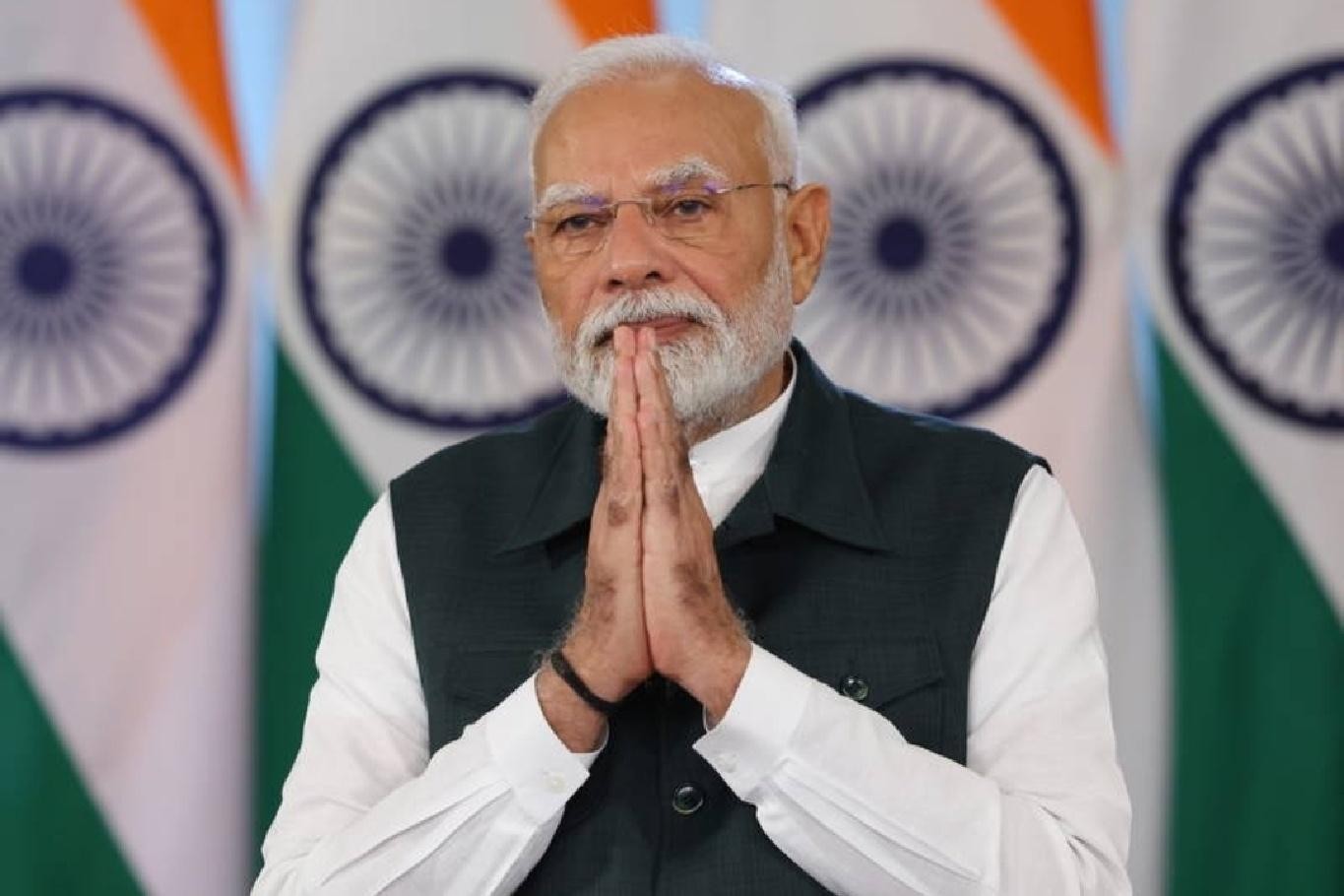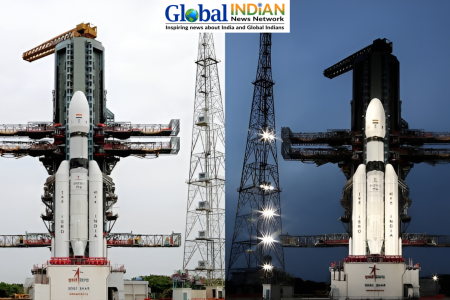
At the 2nd International Conference on Green Hydrogen, Prime Minister Narendra Modi called upon the global scientific community to collaborate in shaping policies for the green hydrogen sector. He emphasised India’s pioneering role, noting that the country was the first among G-20 nations to fulfil its Paris Agreement commitments on green energy, achieving this milestone nine years ahead of the 2030 target. India’s installed non-fossil fuel capacity surged by 300% and solar energy capacity by over 3000% over the past decade.
PM Modi highlighted the importance of green hydrogen in decarbonizing sectors that are challenging to electrify, including refineries, fertilisers, steel, and heavy-duty transport. He outlined India’s National Green Hydrogen Mission, which is focused on driving innovation, infrastructure development, and investment in the green hydrogen sector.
Union Minister of Petroleum and Natural Gas, Hardeep Singh Puri, pointed out India’s natural advantages in green hydrogen production, thanks to its low-cost solar energy and a strong power grid. India’s solar capacity has expanded from 2.6 GW in 2014 to 85.5 GW, and the country boasts one of the largest synchronous grids capable of handling intermittent renewable energy. Minister for New and Renewable Energy, Pralhad Joshi, reaffirmed India’s commitment to becoming a key global player in the green hydrogen market and integrating it into the country’s energy mix and industrial processes to enhance global positioning and sustainability.













